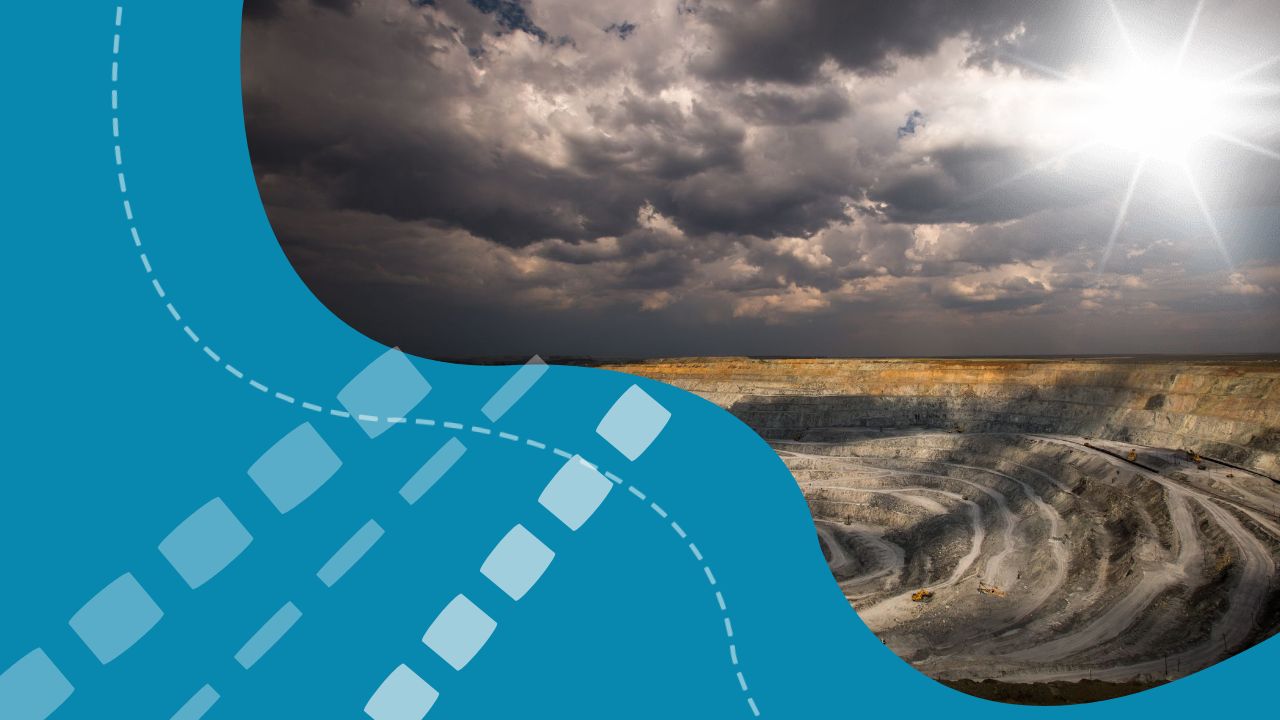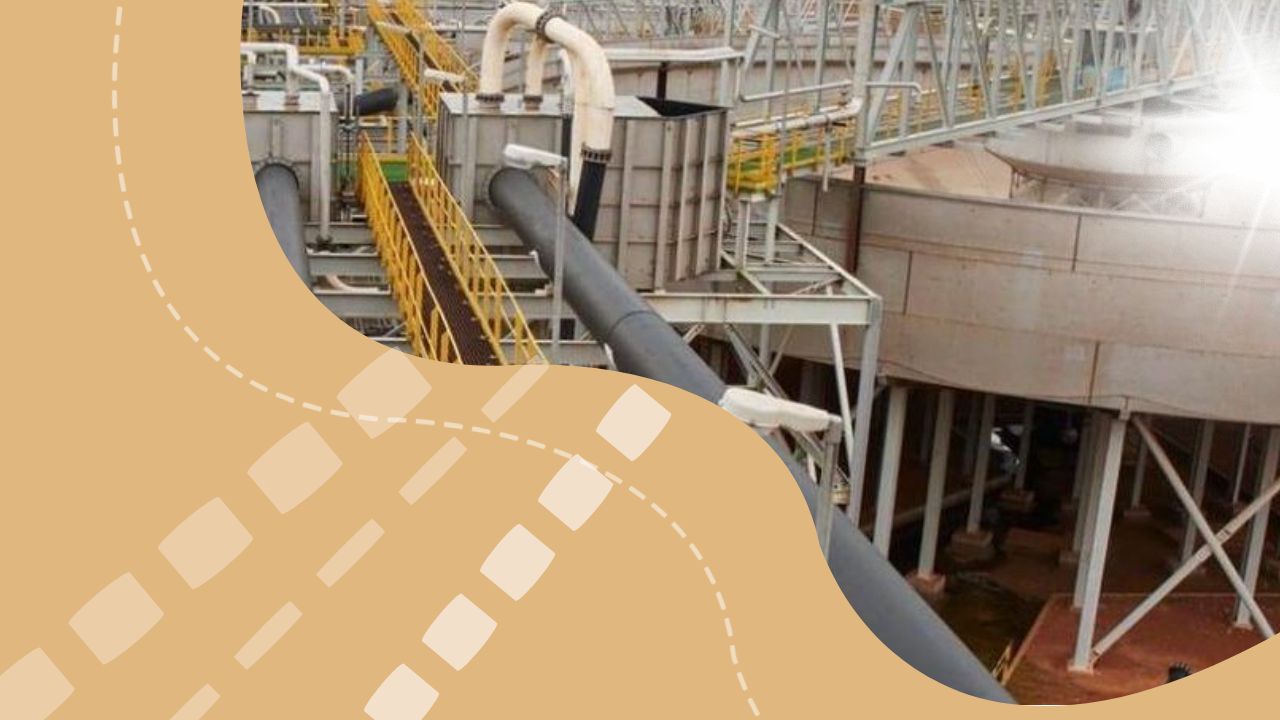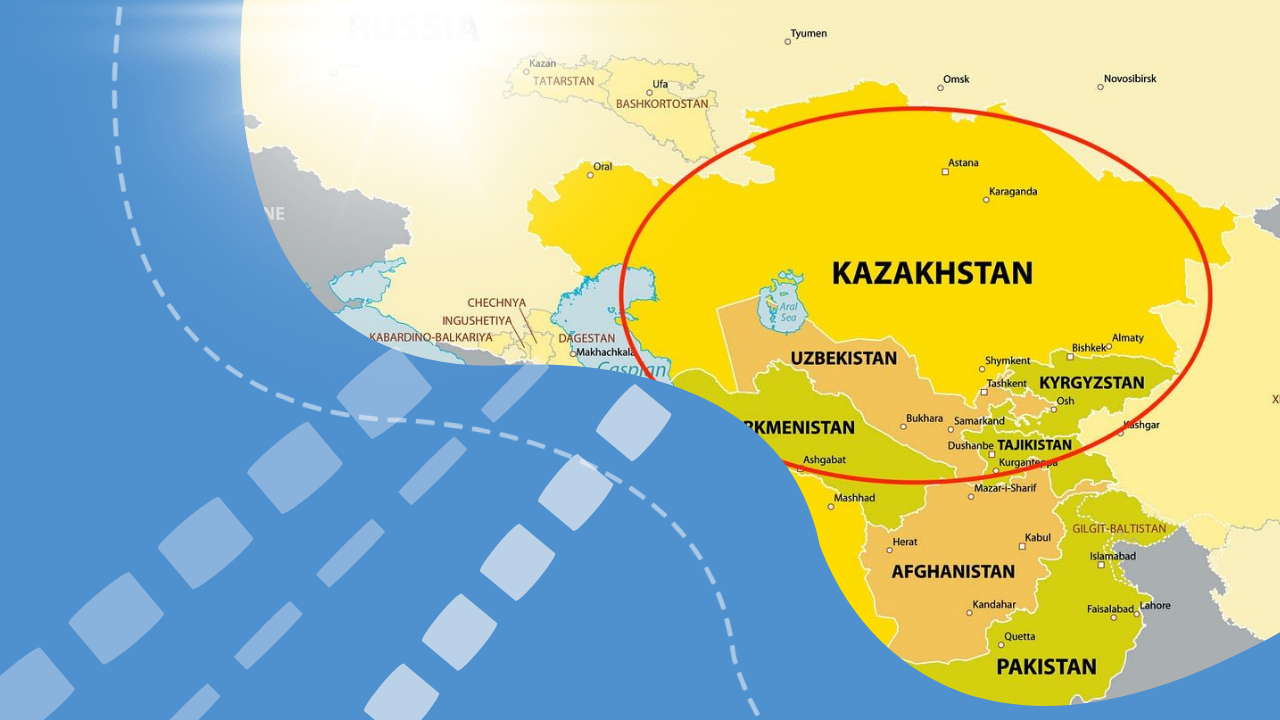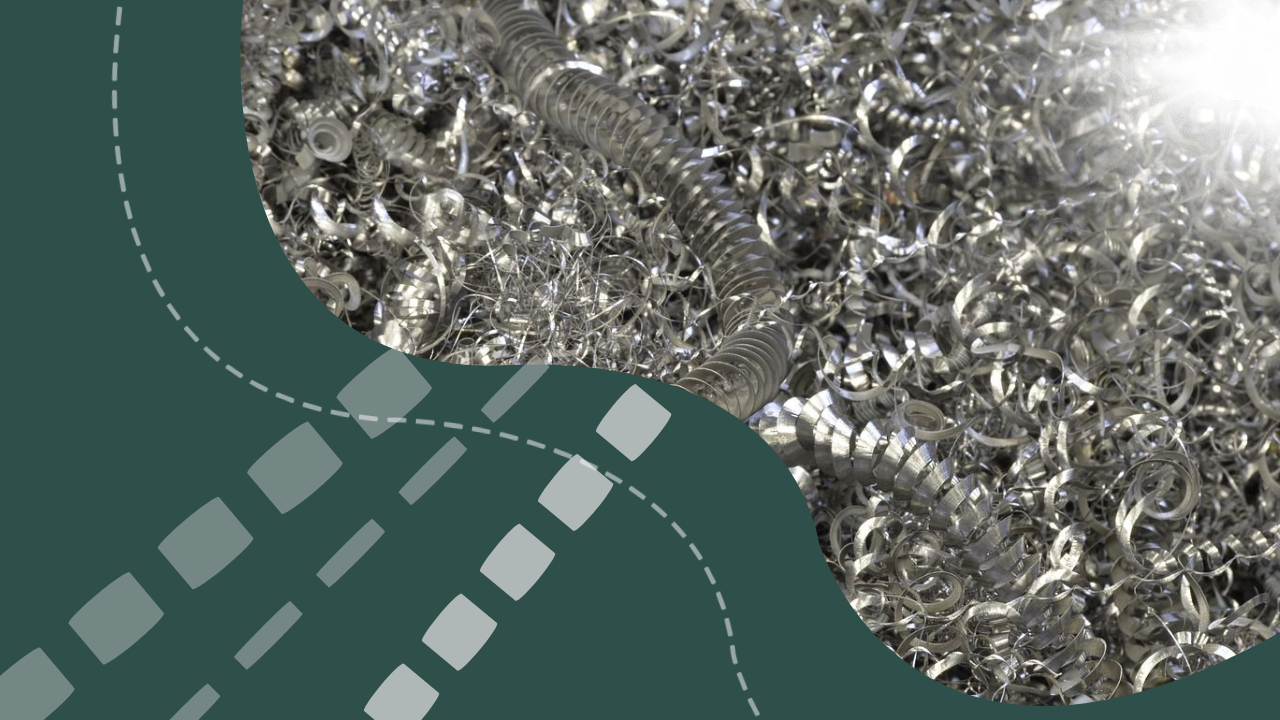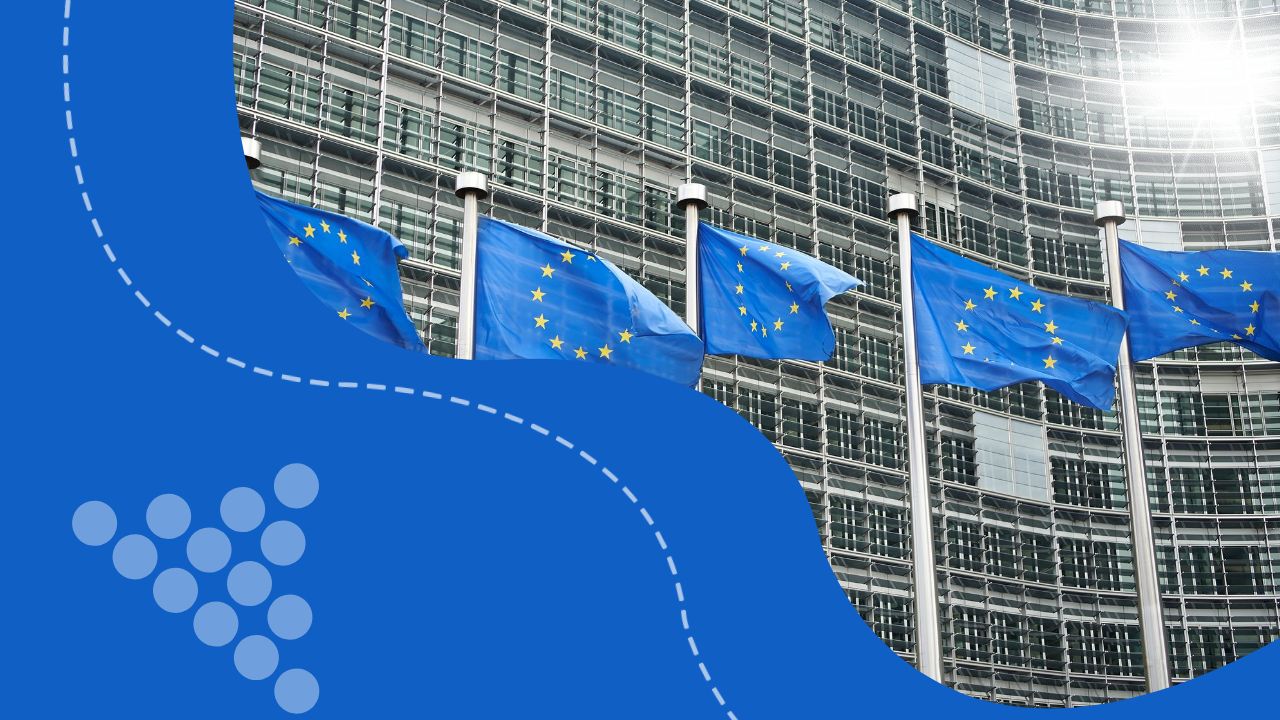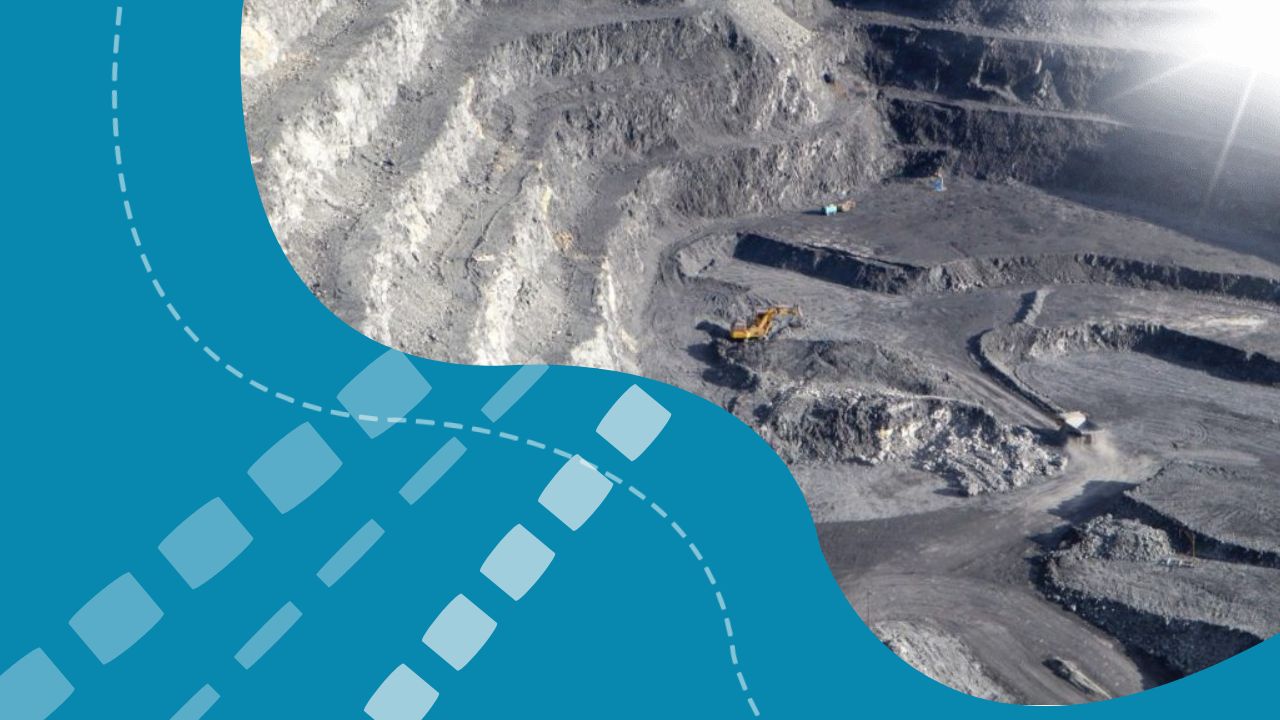The answer to the question of how much Jadar and Rađevina cost has not been provided, nor will it be given as long as the destruction of the landscape and the relocation of the population are considered inevitable damage that has not been assessed, and lithium, known as “white gold,” is considered more valuable than anything else. When something is not assessed, it is considered trivial, or until it is assessed, it has no value (price). This question was raised at a meeting at the Serbian Academy of Sciences and Arts (SANU) titled “Jadar Project – What is known?” Even then, no answer was given, or it was avoided as if Jadar were located on another lifeless planet.
What was known then, and still remains unclear today, is the approximate technology for obtaining lithium carbonate and borates from the Jadarite ore through leaching with concentrated sulfuric acid. The assessment includes the cost of production, the planned duration of exploitation, and likely the company’s profits from the exploitation. Additionally, it is probable to consider the mining royalty that the state will collect according to existing regulations, which is approximately five percent of the foreign company’s realized profit.
If we were to elaborate on the initial question, it would be about the value of natural and human-made biological resources on the surface of the mineral deposit, as well as surface and even more so underground water resources that would be extensively used in the lithium extraction process. This value is in comparison to the “white gold” that will primarily benefit the profit of the foreign mining company. The fact that water, as a natural resource, is vital for the future of any society is neglected. Finally, not least, the population that lives and earns a livelihood from these resources is also overlooked.
Indeed, the complete disregard for the value of biodiversity, ecosystem services provided by natural vegetation, especially forest ecosystems, and agricultural land is concerning, especially at a time when climate disruptions (climate change) are evident as a global problem with increasing challenges for any human community.
Paradoxically, by ignoring the significance of nature in mitigating the effects of climate disruptions, mega-projects that lead to increasingly visible negative consequences are favored. The problem of accumulating carbon dioxide in the atmosphere, which enhances the greenhouse effect and global warming, cannot be effectively addressed by technologies like carbon dioxide vacuum cleaners or by depositing waste biomass in anoxic parts of the sea (e.g., the Black Sea), which are offered as salvation. Meanwhile, the assimilation potential, which is the only means capable of binding and/or depositing excess carbon dioxide in biomass and soil, continues to be ruthlessly destroyed.
Not to mention the oceans, which perform this function more efficiently than terrestrial ecosystems, thanks to the enormous surface they occupy. It is now time to recognize that forests, as the most productive part of terrestrial ecosystems, cannot be valued solely based on the quantity of wood mass, but also through functionality. Even from an anthropocentric perspective, considering ecosystem services crucial for every human community whose survival ultimately depends on these services. It is imperative that in the future, they must be comprehensively evaluated, taking into account multiple benefits, and that the practice of belittling, neglecting, and trivializing them must cease.
Whether we like it or not, human communities at any spatial scale depend on nature, whether it be original or modified over thousands of years of human civilization, primarily through artificial selection of wild plant and animal species for various human needs, especially for sustenance. Not to mention the enormous potential that biological diversity holds. American ecologist Leopold compared biodiversity to a vast library that remains unread, and every day, books are deteriorating and disappearing from its unique collection. Whether the idea of preserving biodiversity and valuing it will become an obligation and prove effective is a big question mark.
The care for the preservation of nature and biodiversity as its foundation cannot be solely the concern of biologists, ecologists, and nature enthusiasts.
Past experiences indicate that the idea of sustainability and sustainable development, which is prevalent in various international and domestically adopted documents, is often just a dead letter on paper. The preservation of biodiversity is fundamentally part of the sustainability agenda. In practice, everything goes against this idea – from the exploitation of natural resources as quickly and extensively as possible, with a lack of restraint when it comes to the profit of those who use resources in an uncontrolled manner.
In that context, the idea of building mines in the Jadar region, as well as all projects that envision and prepare the territory of Serbia as a state for mining and dirty technologies, should be considered. It is not surprising that foreign companies are rushing to Serbia when they see how the state and a significant part of the population treat their own environment. The excuse that this is necessary and that all countries have gone through this Machiavellian phase of natural resource destruction, and that they will only realize later, as society becomes wealthy, that the “devil has taken the joke,” simply does not hold water.
Advocates for building mines in the Jadar region attempt to minimize environmental damage by pledging adherence to the highest ecological standards in mining, often using the catchphrase “green mining.” Systematically labelling something as “green” when, figuratively speaking, only chlorophyll in plants is green, creates the illusion that the problem either is or will be solved, and this is far from making sense. A more accurate term would be “environmentally responsible mining.” Such practices are rarely implemented globally, and they involve minimizing all damages to the greatest extent possible. For instance, in environmentally responsible mining, the waste material (tailings) generated from processing ore is returned to the exploited part of the mine after treatment. It is clear that such practices significantly increase the costs of exploitation, making it less and less profitable.
The issues surrounding the construction of mines in the Jadar region cannot be isolated from the behavior of foreign mining companies towards natural resources in other countries, typically former colonies or developing nations. What is happening in Serbia in this regard closely resembles the conduct of foreign mining companies, aided by the stance of the state that everything is up for sale. One only needs to look at the environmental conditions in Bor and Majdanpek and the projected future for the Žagubica area to clearly see the approach of foreign mining companies, especially Chinese ones, regarding environmental protection in Serbia.
Indeed, such companies often behave as if they are a state within a state. It is worth mentioning that Chinese companies hold around 14% of shares in Rio Tinto. These are all examples of environmentally irresponsible but highly profitable mining practices, the consequences of which will be evident for hundreds of years after exploitation. The remediation or masking of these consequences is not easy, quick, or inexpensive.
Can someone imagine the environment of Bor and Majdanpek after the completion of exploitation, and the first association not be, looking at the abandoned surface mines, that everything resembles the landscape of a lifeless planet? Or, let’s not consider such massive devastations, but the quarries that sprout in Serbia like mushrooms after rain, and after exploitation, nature is left to revitalize them on its own, which will be a very long and slow process. Behind all these mentioned mining endeavours stands the Big Brother called profit, where what is being destroyed has a price only in the raw material being exploited with the prior consent of the guardian or host, which is the state.
What’s the reason for such a rush towards Serbia’s mineral wealth?
The fundamental question naturally arises: why such a rush for Serbia’s mineral wealth? For what reasons do foreign mining companies come to Serbia, and what is it that attracts them so much? I believe the answer is quite simple and boils down to the fact that the state’s attitude toward environmental preservation is the last “missing piece” and is evident at nearly every turn, from air pollution and wastewater, which serves as waste collectors, to garbage dumps and waste scattered in various locations, destruction of nature, lack of law enforcement, poorly conducted environmental impact studies, various projects that exist only on paper, the population’s attitude towards the environment in which they live, and the list goes on, as it would indeed be quite extensive.
On the other hand, the noticeable dysfunctionality and incompetence of institutions, the lack of transparency in decisions and finances, and the corruption that plagues this society make Serbia a severely ill patient.
In a nutshell, Serbia is a country where non-transparent agreements often lead to hasty and ill-considered projects. Speaking about the Jadar project with the residents of Gornje Nedeljice, the President of Serbia stated that “we do not have the right to ruin the lives of a greater number of people than originally planned,” directly highlighting how uncritically and thoughtlessly the Jadar project was approved and handed over to Rio Tinto to begin resettlement and persuade the population with neatly packaged propaganda and irresistible offers.
On the other hand, it is clearly demonstrated what a neglectful attitude the state has towards the environment and natural resources, including the population that lives and earns a living there. In short, everything started haphazardly, as is often the case when there is no clear insight into the technological process and its consequences, except for the declaration that everything will be according to the latest standards, which is a commonplace in Rio Tinto’s propaganda portfolio. The meeting at the Serbian Academy of Sciences and Arts (SANU) highlighted all the deficiencies and ambiguities of this project, especially those involving the actors engaged by Rio Tinto in the preparation of the study, related to the projection of the industrial-mining process and facilities, the disposal of mining waste left after the production of lithium carbonate, as well as the infrastructure of the complex, water borrowing for the process, and so on.
The experts from the Mining and Geological Faculty and the “Jaroslav Černi” Institute, as expected, unequivocally gave the green light for the mining project, while those from the Biological and Forestry Faculty, who assessed the biodiversity and natural and human-made values on the surface of the mining deposit, gave a negative assessment of this project.
Serbia must put an end to such thoughtless and superficially assessed projects and consider how it will progress further. In any case, the practice of selling off resources and planning excessive and oversized projects, as is currently happening, should cease. Serbia’s developmental opportunity lies in organizing and improving many aspects of society. To begin with, one of the secure developmental opportunities could be the restoration of the neglected environment, as there is a significant and long-term task ahead in that regard, given the prolonged negligence. At least, let our air and waterways become cleaner, and let’s stop the reckless conversion of agricultural and forest land into construction and industrial areas.
The case of the planned mine in Jadar is a paradigm of environmentally and socially irresponsible behaviour, which, if realized, would be evidence that the old practice of selling off and managing natural resources continues to the detriment of the harmonious and balanced life of the population that has inhabited and endured in that part of Serbia for centuries, in a beautiful, gentle, and fertile region. Therefore, the value of the Jadar region far exceeds the money from lithium carbonate that Rio Tinto will reap, and which, as is often the case, will leave devastation in its wake after exploitation.

